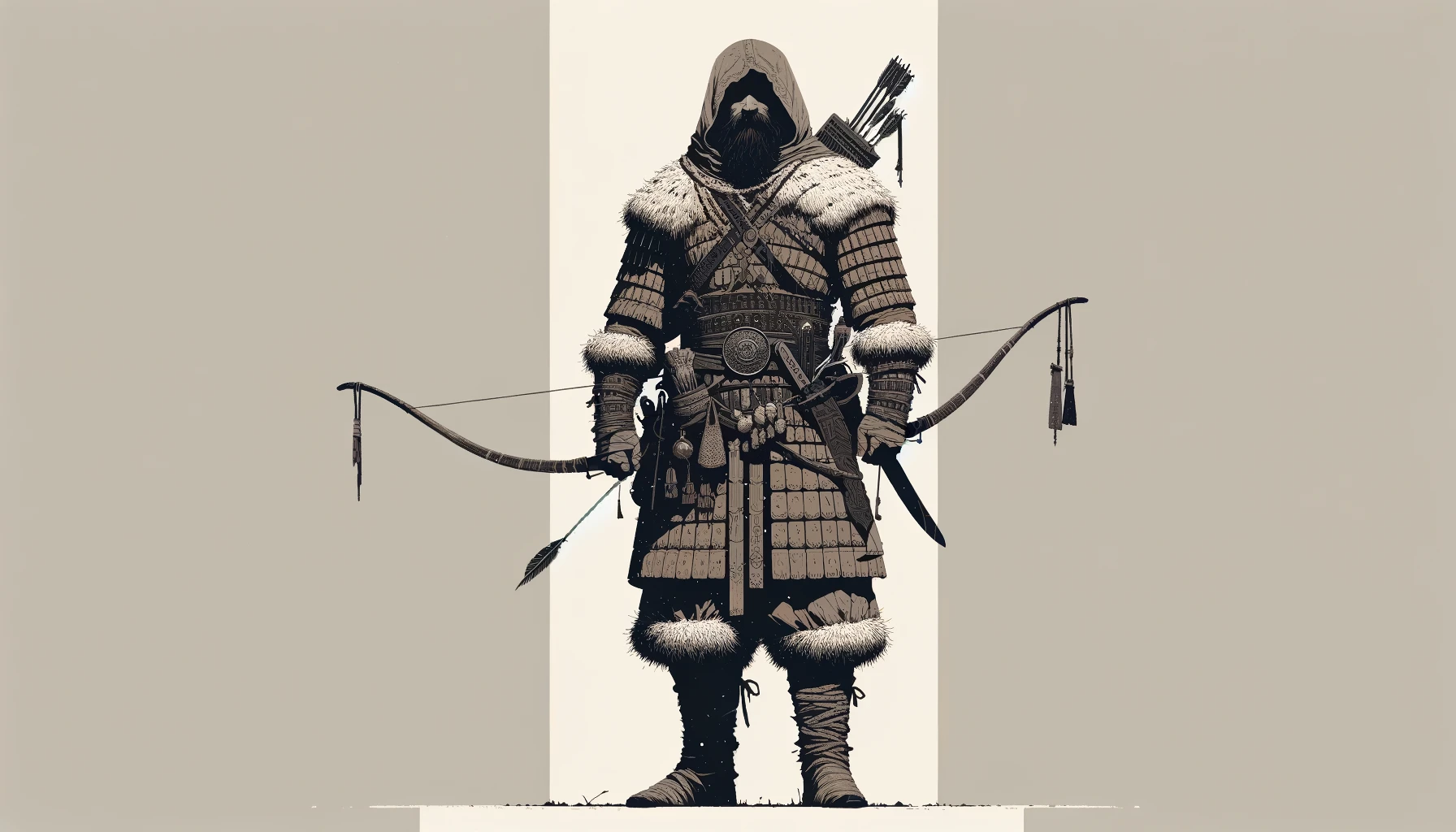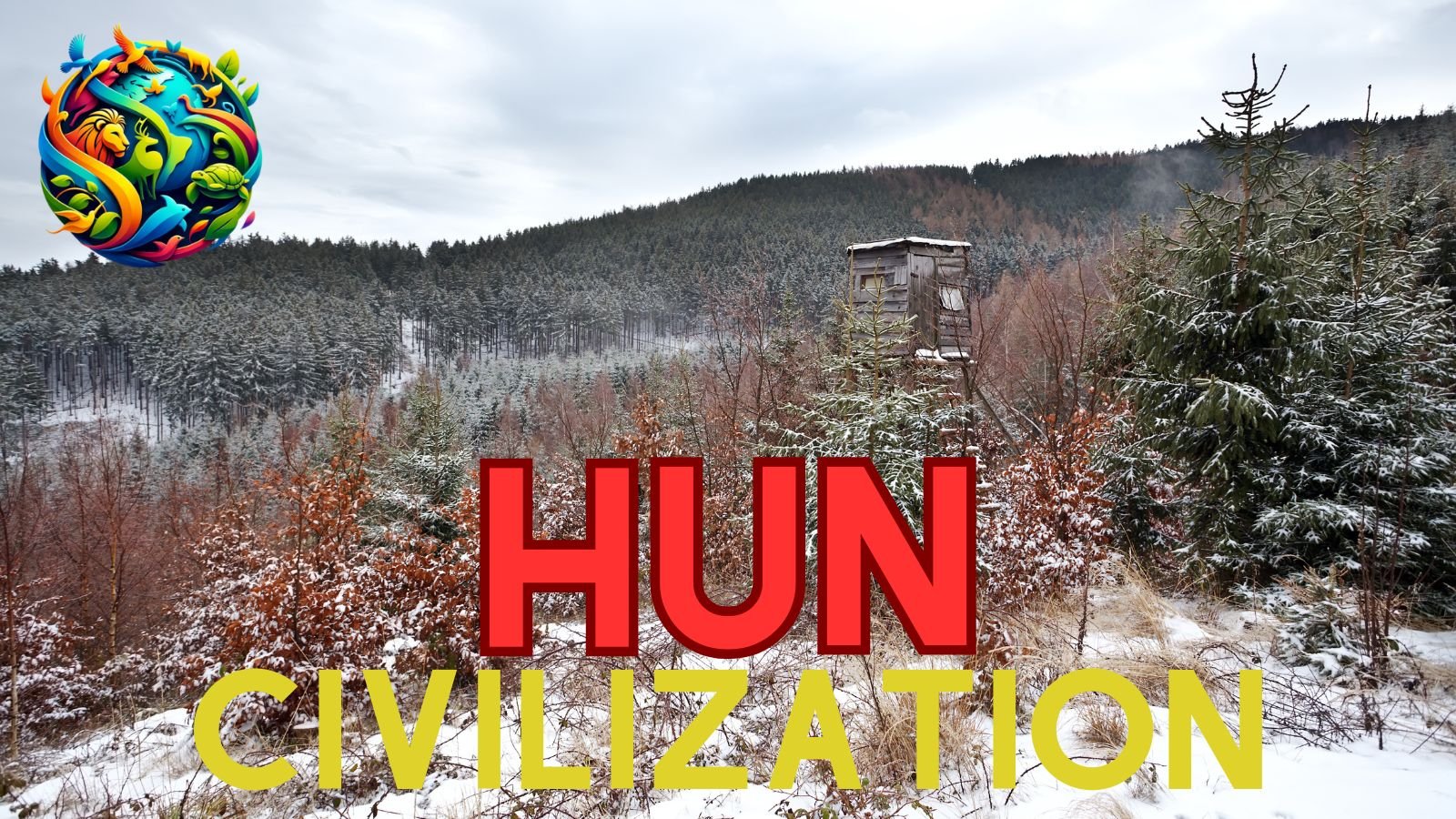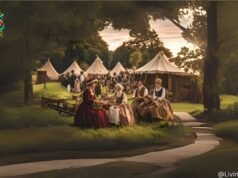Hun Civilization: Uncovering The Mystery
Leaving behind the fearsome image associated with Attila the Hun, one of history’s most captivating civilizations is The Hun Civilization. The Huns emerged around the 4th centuries and had a notable impact until the end of the 5th century when they began declining. They are often depicted as the ultimate barbarians at the gates of Rome, but the truth is, they were skilled warriors with a grand societal structure that influenced European history profoundly. This article explores the stereotypes associated with the Huns, their lifestyle, and their legacy. Most importantly, it investigates the origins of the Huns and attempts to highlight the role they played in shaping medieval Europe.
The Enigmatic Beginnings
Even though the origins of the Huns are a mystery in itself, it is believed that they relocated from Eastern Eurasian steppes into Europe. Their sudden rampage in the late 4th century proved to be a huge problem for the Roman Empire and marked the start of a new age in European history.
Chronological Order of Important Events
The Huns actively participated in and were crucial to major events such as the Battle of the Roman Cities and sieging of key Roman cities. This part describes the significant achievements in the history of the Huns which helps put the story of their rise and fall into perspective.
Adoption and Consequences of the Huns’ Lifestyle
The Steppes Monarchs
Attaining their nomadic way of living and their ability to ride horses, as well as perform archery, made the Huns the most mobile of all steppe people. Their movement extended from the Asian steppes all the way to the heart of Europe, impacting every culture they came across whether they were settled or nomadic.
Mobility and Economical Sustenance
The economy during this times relied heavily on shifting agriculture, raiding, and trading. This part focuses on the ways nomadic empires were maintained by the Huns and the relationships they formed with bordering countries and the Roman Empire.
Attila the Hun: The Scourge of God
Stirring, Land Grabbing Leader
During the reign of Attila, the power of the Huns escalated to the highest point. His term ‘the scourge of god’ came from the name earned after his vicious campaigns around Europe, which gave him a bad reputation within the empire, yet made him a powerful figure in the aftermath of history.
Heritage and Demise
After the passing of Attila in 453, the Huns Empire began to dwindle. This particular episode attempts to evaluate his contributions towards Hun civilization, as well as the power void that arose after death.
Military Tactics and Strategies of the Hun Civilization
Military Innovations

Archery from horseback and armies trained in psychological operations are only some of the pivotal strategies utilized by the Huns that enabled them to gain victory over the Romans and other European tribes. This part examines the techniques associated with the Huns disciplined and strategic prowess over the savagery of other tribes.
Society and Culture: Beyond Warfare
The Fabric of Hun Society
Although they have earned a reputation as fierce warriors, the Hun society enjoyed a rich culture with a unique social order and complex religion systems. This part tries to uncover some of the ever elusive aspects of Hun life: what their social order looked like and their religions.
Relations with the Roman Empire: A Complex Web of Alliances and Rivalries
From Foes to Allies
In terms of Rome, their relationship frequently alternating from being hostile towards them to forming an alliance. The Huns along with the Eastern and Western Roman Empires carried out complex relations through treaties, raids, and wars which caused great changes toward the political scene in the late antiquity world.
The Fall of the Hun Empire: Internal Strife and External Pressures
The Disintegration of Power
The death of Attila marked the beginning of a new era of troubling internal conflicts and rebellions which played a role in the fall of the Hunnic Empire. The rapid decline is examined further in depth along with the causes that led to the haphazard European power structure.
Hunnic Legacy: Cultural and Historical Influence.
A Lasting Impact
The legacy of Huns continues to live through their warfare, and alter the genetic, cultural, and historical lines of Europe. This section analyzes the narrative of the Huns and redefines it instead of viewing their actions through a barbaric point of view.
Conclusion: Reevaluating the Huns’ Impact on Global History.
The stereotypes that surround the complex Hun civilization as a whole overlooks one aspect, their relentless impact on Europe, their innovative military, and most importantly, their society. As information pertaining to their origins, way of life, and interaction with diverse cultures surfaces, it becomes evident that the Huns were an extremely important factor during the transitory phase between the ancient and the medieval world.
Hun Civilization: FAQs
Who are the Huns?
With roots from the Steppes of Central Asia, the Huns were a nomadic tribe that mastered horseback riding and archery in the 4th century. They were instrumental in the decline of the Roman Empire.
What is Attila the Huns infamous for?
Attila the Hun, often referred to as “The Scourge of God”, was known for his merciless conquests and invasions of the Eastern and Western Roman Empires in the mid-5th century. He is described as a heart-stopping and terrifying figure who ruled in the mid-5th century.
How did the Huns impact Europe?
The Huns expedited the breakdown of Roman territories in Europe through multiple military campaigns, which in turn helped the Huns take over the Roman Empire. This also facilitated the rise of various medieval kingdoms across the continent.
Did the Huns posses a written language?
There is no clear evidence suggesting the Huns had a written language. They mainly relied on oral traditions to keep their history and culture alive. Most of the available information on the Huns comes from Roman and contemporaries.
What caused the collapse of the Hun Empire?
The collapse of the Hun Empire was the result of a number of internal strifes and an overall absence of strategic leadership after Attila’s death in 453. Additionally, the Huns faced difficulties from the very regions they had dominated in the past, leading to the fragmentation of their empire by the late 5th century.
What did the Huns military tactics resemble and how did they wage war?
The Huns military tactics involved ultimate usage of mobility during warfare, which was heavily based on the use of light cavalry. This enabled them to execute devastatingly effective raids. The Huns were proficient in mounted archery and specialized in hitting enemies with composite bows from afar. After, they would withdraw to a secure distance away before engaging in melee combat.
What relations did the Huns have with the Roman Empire?
The Huns formed alliances with other empires, but also acted as mercenaries in other instances which allowed them to interact with the Roman Empire as well. At one instance they fought against the Romans only to switch to serving as mercenaries for the Empire in exchange for tribute money, which allowed them to readily withdraw to the Huns borders.
What is the legacy of the Huns today?
The Huns are remembered for being an influential nomadic warlike tribe in antiquity well-known for their military stratagiesthat accelerated the fall of the Roman Empire and Europe’s medieval migratory movements.
Were the Huns truly barbaric?
Taking into consideration the Roman context these barbaric accusations stem from, it becomes clear these nomadic peoples of the Great Steppe had a lot more to offer, especially in terms of strategy and war, than many consider them to have.
How accurate are historical accounts of the Huns?
These constructions leave a mark, as one of the more vicious accounts and histories exhibited an exaggerated bias like many roman accounts did. Countless archeological finds in combination with multi sourced research have shed light on the civilization of the Huns.





I haven¦t checked in here for a while because I thought it was getting boring, but the last several posts are great quality so I guess I will add you back to my everyday bloglist. You deserve it my friend 🙂
Utterly composed subject material, Really enjoyed reading.
Hello. magnificent job. I did not anticipate this. This is a remarkable story. Thanks!
Thanks a lot for sharing this with all of us you actually know what you are talking about! Bookmarked. Please also visit my site =). We could have a link exchange arrangement between us!
Today, while I was at work, my cousin stole my iphone and tested to see if it can survive a 30 foot drop, just so she can be a youtube sensation. My iPad is now broken and she has 83 views. I know this is completely off topic but I had to share it with someone!
Keep working ,remarkable job!
Wow, superb blog layout! How long have you been blogging for? you made blogging look easy. The overall look of your website is wonderful, as well as the content!
I enjoy foregathering useful information , this post has got me even more info! .
Currently it looks like Movable Type is the top blogging platform available right now. (from what I’ve read) Is that what you are using on your blog?
I couldn’t resist commenting
Regards for helping out, fantastic information.
Woh I enjoy your content, bookmarked! .
Perfect work you have done, this site is really cool with excellent info .
You actually make it seem so easy with your presentation but I in finding this topic to be actually something which I feel I’d never understand. It sort of feels too complex and very vast for me. I am looking ahead to your next publish, I?¦ll attempt to get the hold of it!
great post.Ne’er knew this, thanks for letting me know.